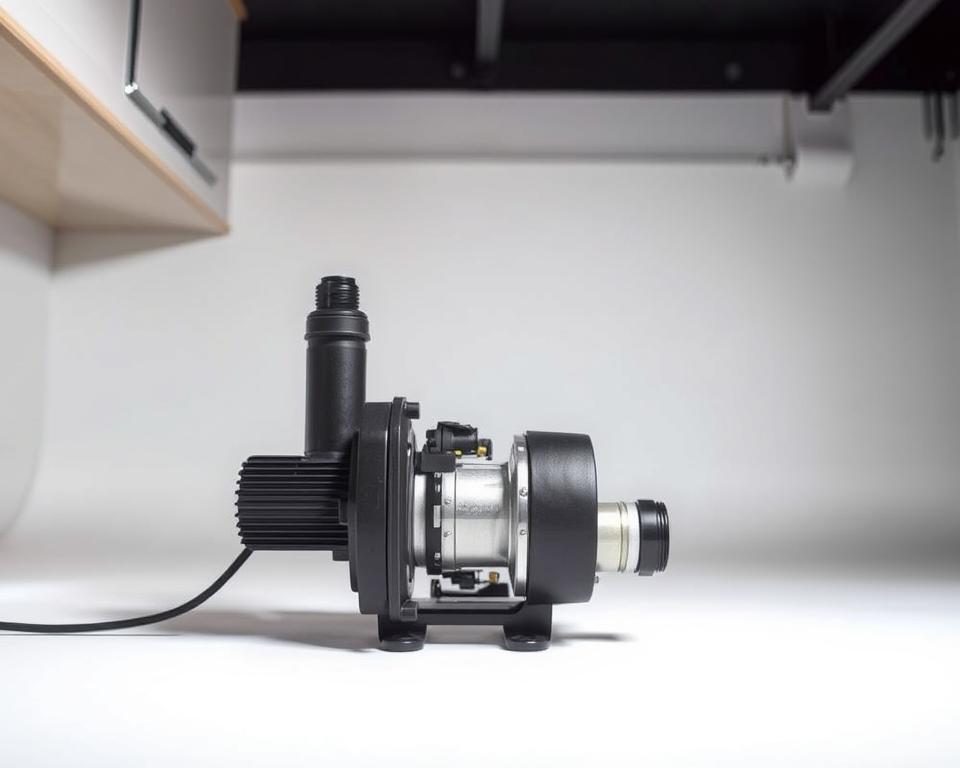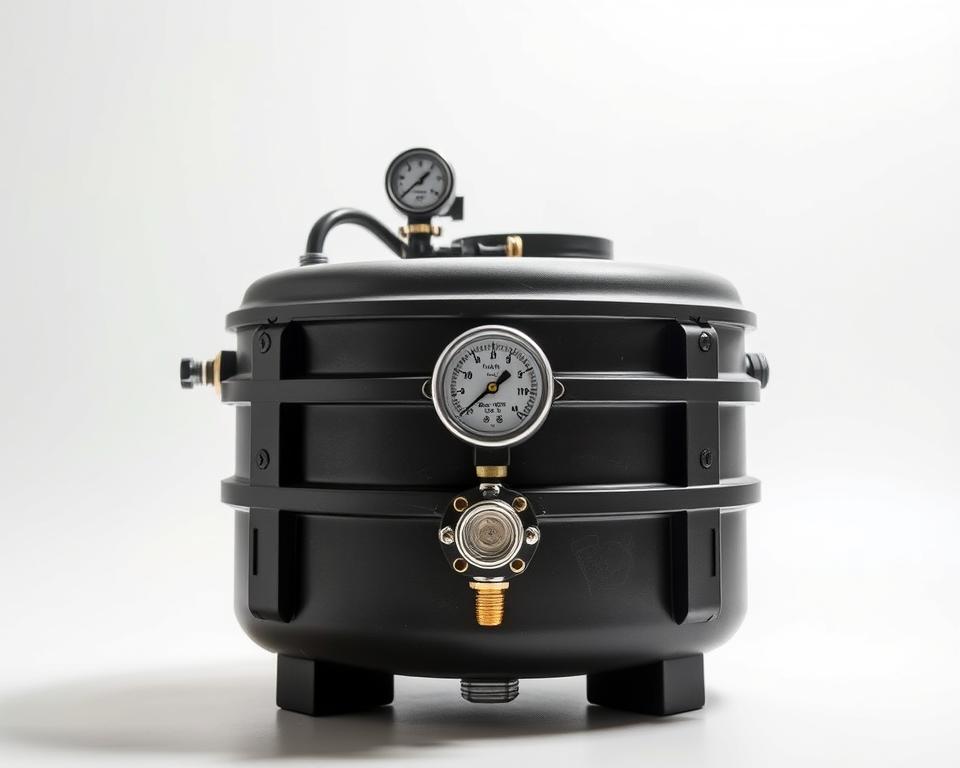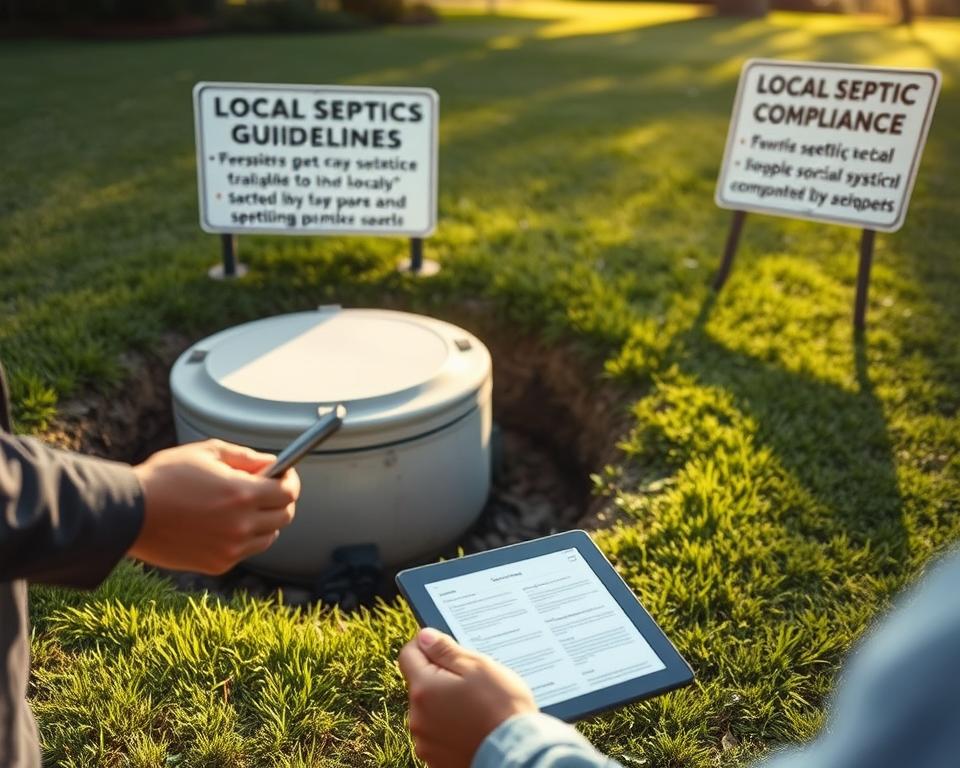An Eco-Friendly Guide to Grey Water Pumps
Have you ever considered the quantity of water that goes to waste in your daily life? It’s vital for those who aim to live sustainably. Grey water comes from our sinks, showers, and laundry. If managed well, it becomes a precious asset. In this guide, we explore how a grey water pump can enhance water efficiency and support sustainable living. By utilizing greywater, you not only lessen your impact on the environment but also see savings on your water bills. Let’s discover how effective RV sewer pump management can benefit you!

Knowing About Greywater and Its Significance
Water from routine tasks such as washing dishes, taking showers, and doing laundry is considered greywater. It plays a crucial role in managing water sustainably by serving as a resource that can be renewed. This resource significantly improves water efficiency.
It plays a key part in lessening our reliance on decreasing freshwater resources. By recycling greywater, households can decrease their water bills and conserve water. This achieves environmental benefits and fosters a green living mentality.
By adopting greywater systems, you can use water in a sustainable way and recycle it effectively. By treating and reusing greywater for irrigation and toilet flushing, homeowners can meet their conservation goals. This practice underlines a commitment to eco-conscious water management.
Understanding the Grey Water Pump
This type of pump is specifically designed to handle water that has been recycled. It transfers water from where it’s gathered to locations where it can be used again. This pump’s role is important in water recycling processes. It’s pivotal for sustainable water use, transferring greywater for irrigation, flushing, and more.
Suction and pressure are the mechanisms by which the grey water pump moves water. With a sturdy design, it can handle small particles and prevent itself from getting clogged. These pumps make recycling water efficient. They play a key part in saving clean water resources.
Advantages of Employing a Grey Water Pump
Homeowners who are eco-conscious can gain several benefits from using grey water pumps. One major advantage of grey water pumps lies in their capability to optimize water flow. These systems cleverly repurpose water from domestic activities, such as showering and washing, for reuse in activities like irrigation or toilet flushing.
By using these kinds of systems, you show a strong dedication to living sustainably by significantly lowering the need for fresh water. Homeowners observe significant water conservation benefits. They enjoy lower utility bills and a substantial cut in their water usage. The consistent recycling of water also diminishes our environmental impact.
In addition to saving water, the benefits of grey water system pumps include making gardens healthier. They ensure gardens or landscapes receive a consistent supply of water, thus preventing drought stress. This practice encourages robust plant growth and champions a greener approach to gardening and landscaping.
Different Kinds of Grey Water Pumps
Selecting the appropriate grey water pump is vital. There are several types to consider: submersible, external, centrifugal, and multi-stage pumps. Each type boasts distinctive features and benefits for various applications.
Because they work while submerged, submersible pumps are ideal for getting water from tanks or wells. They tend to be efficient and quieter, as they’re submerged. External pumps, on the other hand, function from outside the tank. They’re simpler to install and are favored for scenarios needing easy pump access.
The mechanism by which centrifugal pumps move water is a spinning impeller. This makes them reliable and suitable for a wide range of uses. Using several impellers to build up greater pressure makes multi-stage pumps ideal for moving water uphill.
Below is a comparison table highlighting the features of these common types of grey water pumps:
To select the most appropriate pump, it’s essential to understand these different types. It ensures optimal efficiency and performance in managing greywater systems.
Selecting the Best Grey Water Pump for Your Needs
To recycle greywater effectively, it’s crucial to choose the correct grey water pump. You need to assess the size of your greywater system when picking a pump, as different scales require different capacities. You need to know the necessary flow rates to be able to select the ideal pump for your needs.
Energy efficiency is crucial in choosing a grey water pump. Selecting energy-efficient models can save on utility bills while ensuring strong performance. Look for pumps with top efficiency ratings and low energy consumption to support sustainability.
Compatibility with filtration systems is also a key consideration. The best pump will work seamlessly with your current filters to prevent clogs and keep the water quality high. Keeping these points in mind will guide you to the best pump for your grey water system.
The Process of Installing a Grey Water Pump
To install a grey water pump, you first need to identify where the greywater comes from in your house, such as sinks and showers. It’s important to pick the right spot for your system. If the place is easy to access, it will be easier to maintain the system and it will work better.
Consult a grey water system installation guide after you’ve decided on a location. This guide will list the tools and materials needed. You will need to:
Knowing the local regulations is crucial if you plan to install the system yourself. This way, you can be sure your system is legal and won’t cause problems later. Following the recommended practices better your system’s performance and lifespan.
How to Maintain Your Grey Water Pump
It’s very important to maintain your grey water pump regularly so it stays in good working order. Proper care will help conserve water and extend the lifespan of your pump. Here are essential maintenance tips:
Incorporating these practices into your regular schedule will help you avoid clogs and ensure your pump performs optimally. For your grey water pump maintenance to be effective, you need to pay attention to these aspects.
These guidelines will help you make sure your grey water pump maintenance is effective. This approach improves your system’s efficiency and effectiveness.
Factors Affecting the Cost of Grey Water Pumps
You need to carefully consider the costs when you’re thinking about investing in grey water pumps. Prices vary due to brand, features, and specifications. Homeowners might spend $200 to $1,500 on a pump, depending on its attributes.
You’ll also need to factor in the cost of installation when considering grey water systems. Expect to pay an extra $300 to $1,000 for professional installation. These expenses are crucial to consider along with the pump’s cost to fully understand the affordability of grey water solutions.
Energy usage is a key factor to consider when you’re planning your budget. Many grey water pumps are designed for efficiency, minimizing additional costs on utility bills. These systems can help you use less water, which can save you a considerable amount of money in the long run. Despite the initial cost, the financial benefits of grey water systems are compelling over time.
If you want to live sustainably, adopting a grey water pump is a key action. Homeowners can save water and reduce their utility costs with it. This not just benefits your home but aids the environment too. Grey water recycling is a step forward in conservation.
It might seem challenging to select and maintain a grey water system initially. However, the advantages for living sustainably make it worthwhile. These systems improve your property’s value and encourage wise water use.
Grey water systems are not only good for saving money; they’re essential for living in an environmentally friendly way. The choices we make today shape a sustainable tomorrow. By embracing these practices, you contribute to a healthier planet.


